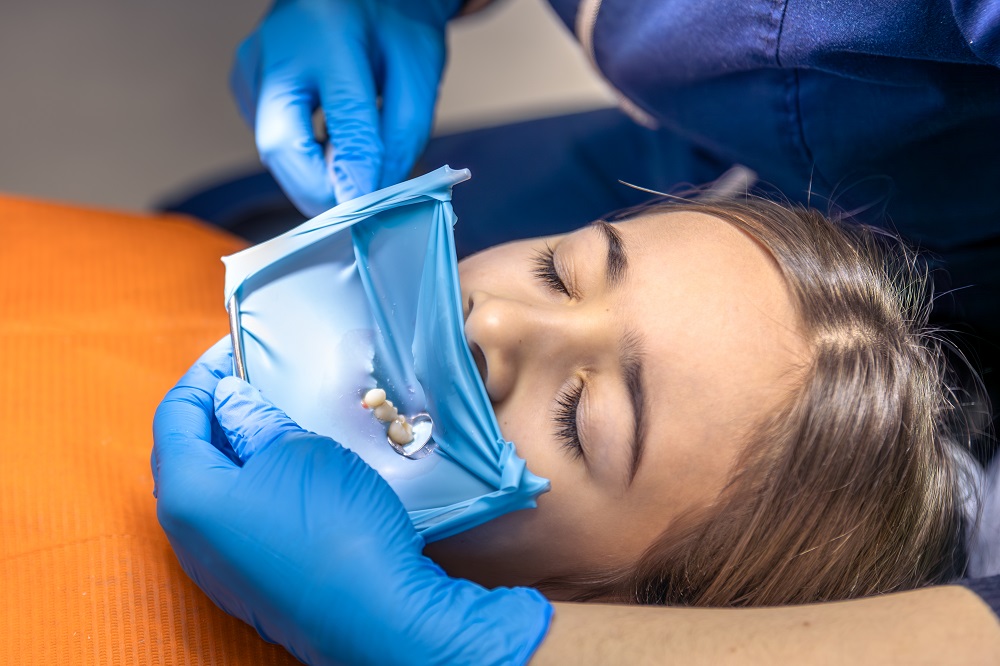What is Hysteroscopy in IVF Treatment
Introduction
Hysteroscopy is a crucial diagnostic and therapeutic procedure used in IVF treatment to assess and treat abnormalities in the uterus. A healthy uterine environment is essential for embryo implantation and a successful pregnancy. This procedure allows fertility specialists to examine the uterine cavity, identify issues, and improve the chances of conception.
What is Hysteroscopy?
Hysteroscopy is a minimally invasive procedure that allows doctors to examine the inside of the uterus using a thin, lighted tube called a hysteroscope. The procedure helps diagnose and treat uterine conditions that may affect IVF success rates, such as:
- Polyps and fibroids
- Scar tissue (adhesions)
- Uterine septum or congenital defects
- Endometrial abnormalities
This procedure is often recommended for women who have recurrent IVF failures, unexplained infertility, or irregular menstrual cycles.
Types of Hysteroscopy in IVF Treatment
There are two main types of hysteroscopy used in fertility treatment:
1. Diagnostic Hysteroscopy
- Used to examine the uterus for abnormalities that may affect pregnancy.
- Helps identify polyps, fibroids, adhesions, or infections.
- Often performed in a doctor’s office without anesthesia.
2. Operative Hysteroscopy
- Used to treat any issues found during diagnostic hysteroscopy.
- Doctors can remove fibroids, polyps, or scar tissue in the uterus.
- Performed in a surgical setting with mild sedation or anesthesia.
For women undergoing IVF treatment, hysteroscopy can correct uterine abnormalities, improving the chances of successful embryo implantation.
How Hysteroscopy Helps in IVF Treatment
Hysteroscopy plays a significant role in enhancing IVF success by:
Identifying and Removing Uterine Issues – If polyps, fibroids, or adhesions are present, they can be removed, creating a better environment for embryo implantation.
Improving Endometrial Receptivity – A well-prepared uterine lining increases the chances of successful pregnancy.
Reducing the Risk of Implantation Failure – Women with repeated IVF failures often benefit from hysteroscopy to detect underlying issues.
Minimally Invasive and Quick Recovery – Unlike major surgeries, hysteroscopy is a simple, outpatient procedure with a fast recovery time.
When is Hysteroscopy Recommended Before IVF?
Doctors may suggest hysteroscopy in the following cases:
Recurrent IVF Failure – If previous IVF cycles were unsuccessful, hysteroscopy can help diagnose potential uterine problems.
Unexplained Infertility – If other fertility tests are normal, hysteroscopy can detect hidden uterine conditions.
Abnormal Uterine Findings – If an ultrasound or HSG (hysterosalpingogram) shows abnormalities, hysteroscopy provides a clear diagnosis.
Frequent Miscarriages – If pregnancy loss occurs frequently, hysteroscopy can help determine the cause.
What to Expect During Hysteroscopy?
The hysteroscopy procedure involves the following steps:
Preparation – The doctor may recommend hysteroscopy after your period ends but before ovulation.
Insertion of the Hysteroscope – A thin tube with a camera is inserted through the cervix into the uterus.
Examination & Treatment – The doctor examines the uterus and, if needed, removes fibroids, polyps, or scar tissue.
Recovery – Most women return home the same day and experience mild cramping or spotting for a few days.
Risks and Side Effects of Hysteroscopy
Although hysteroscopy is a safe procedure, some risks include:
Mild Cramping or Spotting – Common and usually resolves within a few days.
Infection – Rare but possible; symptoms include fever and severe pain.
Uterine Perforation – A very rare complication where the hysteroscope accidentally punctures the uterus.
However, when performed by experienced fertility specialists, the procedure is highly effective and safe.
Hysteroscopy is a minimally invasive procedure used in IVF treatment to examine and treat abnormalities in the uterus that may affect fertility. A thin, lighted tube called a hysteroscope is inserted through the cervix to provide a clear view of the uterine cavity. This procedure helps diagnose and remove conditions such as polyps, fibroids, scar tissue, or congenital defects, creating a more favorable environment for embryo implantation. Hysteroscopy can be either diagnostic, used to detect issues, or operative, performed to correct abnormalities. It is often recommended for women experiencing recurrent IVF failure, unexplained infertility, or irregular menstrual cycles, as it improves IVF success rate in Pakistan by enhancing endometrial receptivity.
Conclusion
Hysteroscopy is a valuable tool in IVF treatment, helping identify and correct uterine issues that may prevent successful pregnancy. It is a minimally invasive procedure with a quick recovery time, making it an excellent option for women undergoing fertility treatment.
If you are planning IVF treatment and want to ensure the best possible outcome, consult with a fertility specialist about whether hysteroscopy is right for you.
For More Details: https://acimc.org/ivf-lahore/














Post Comment